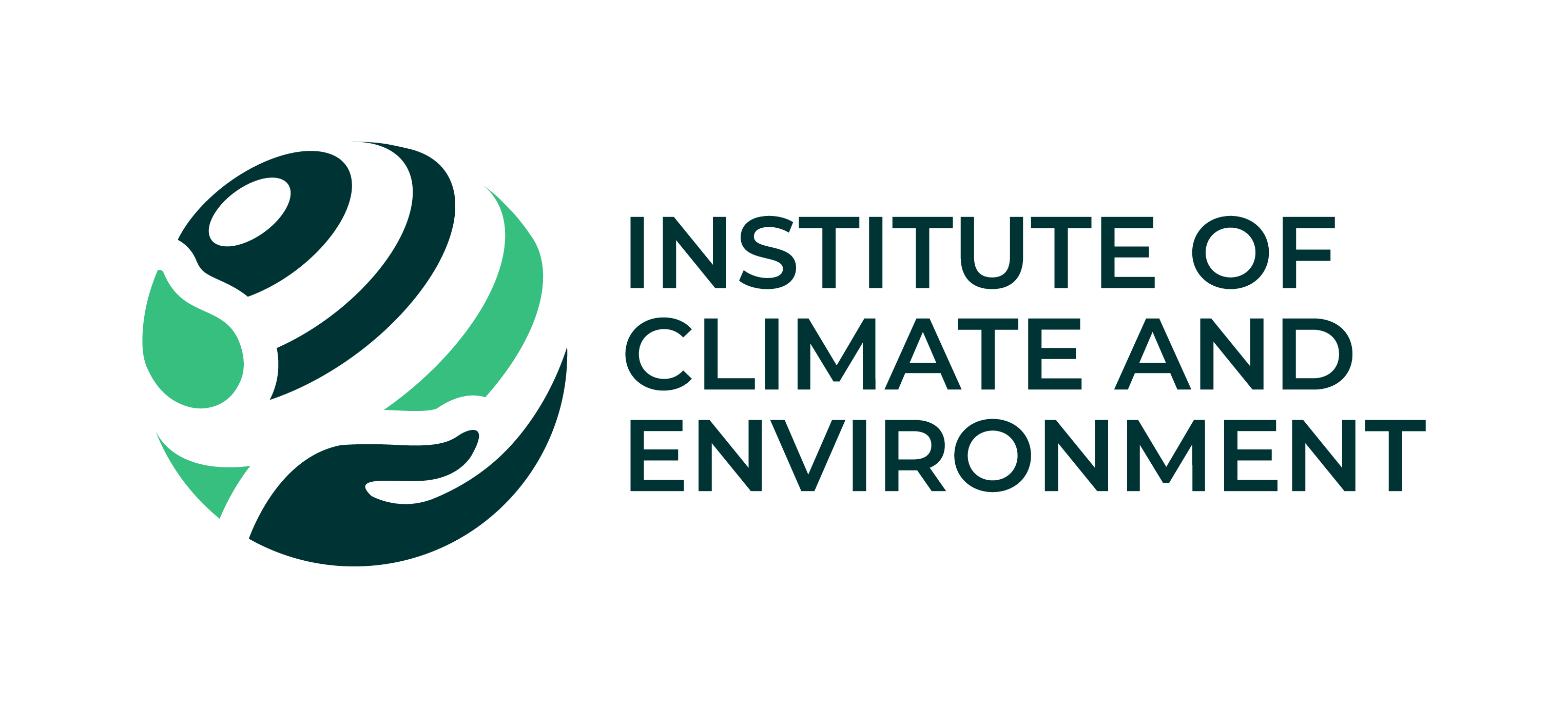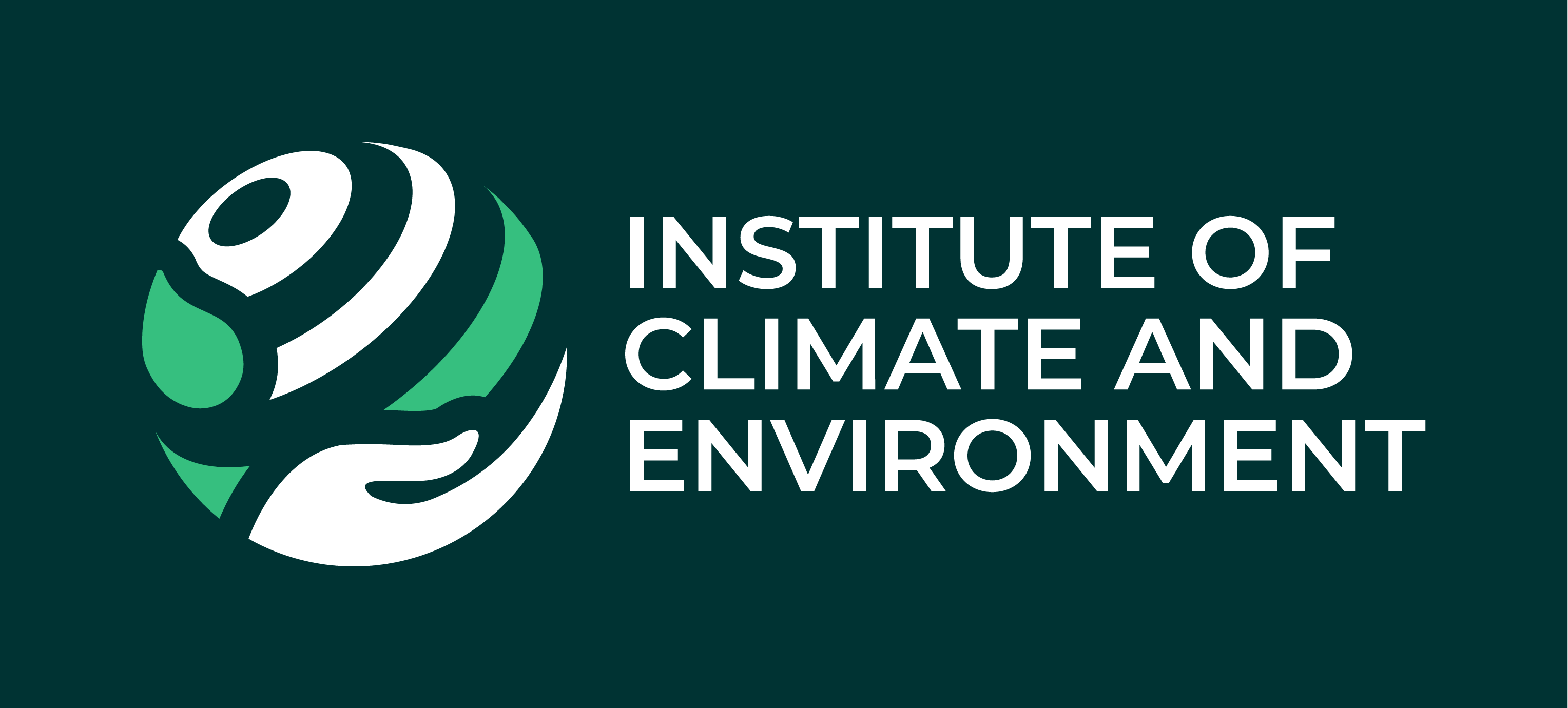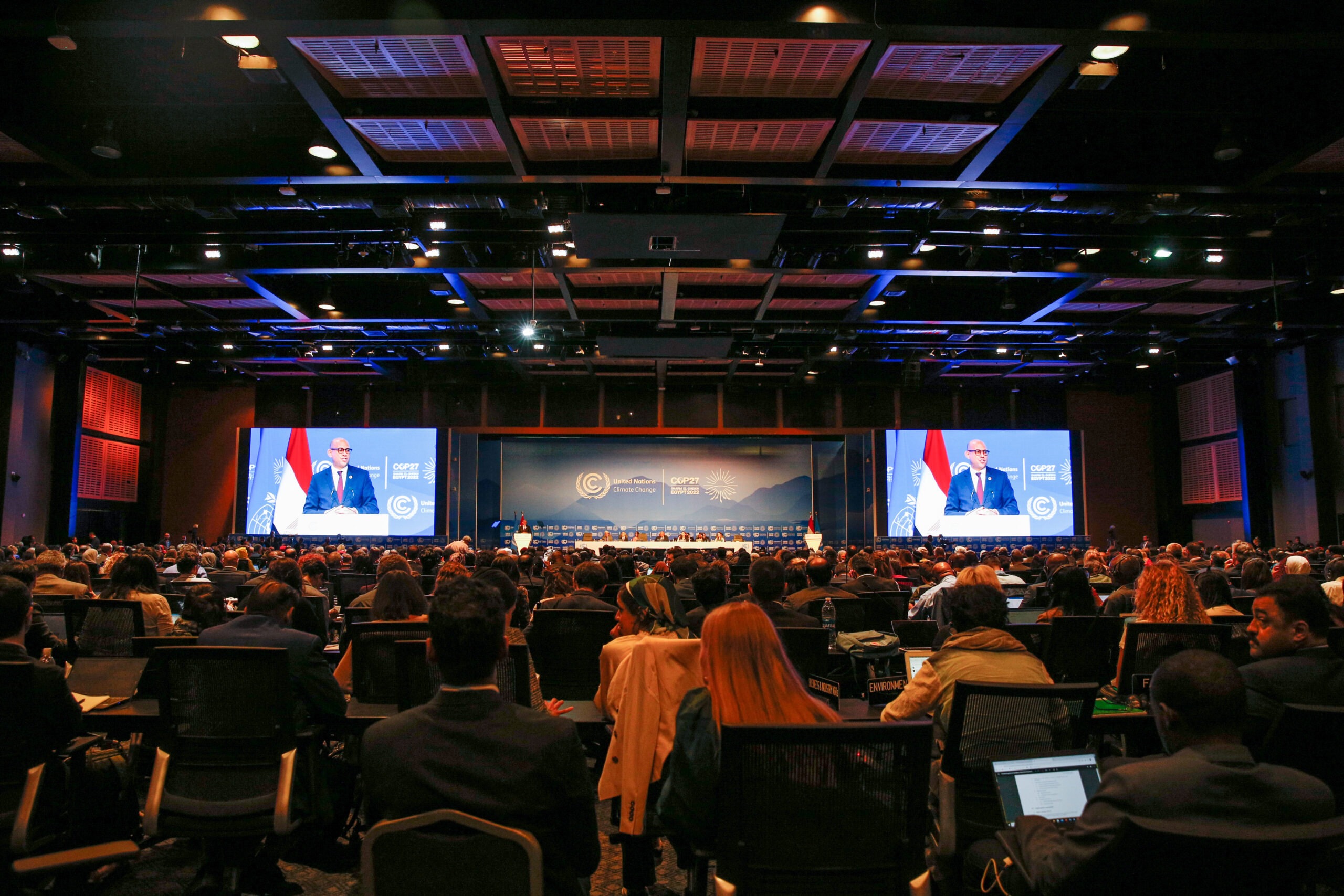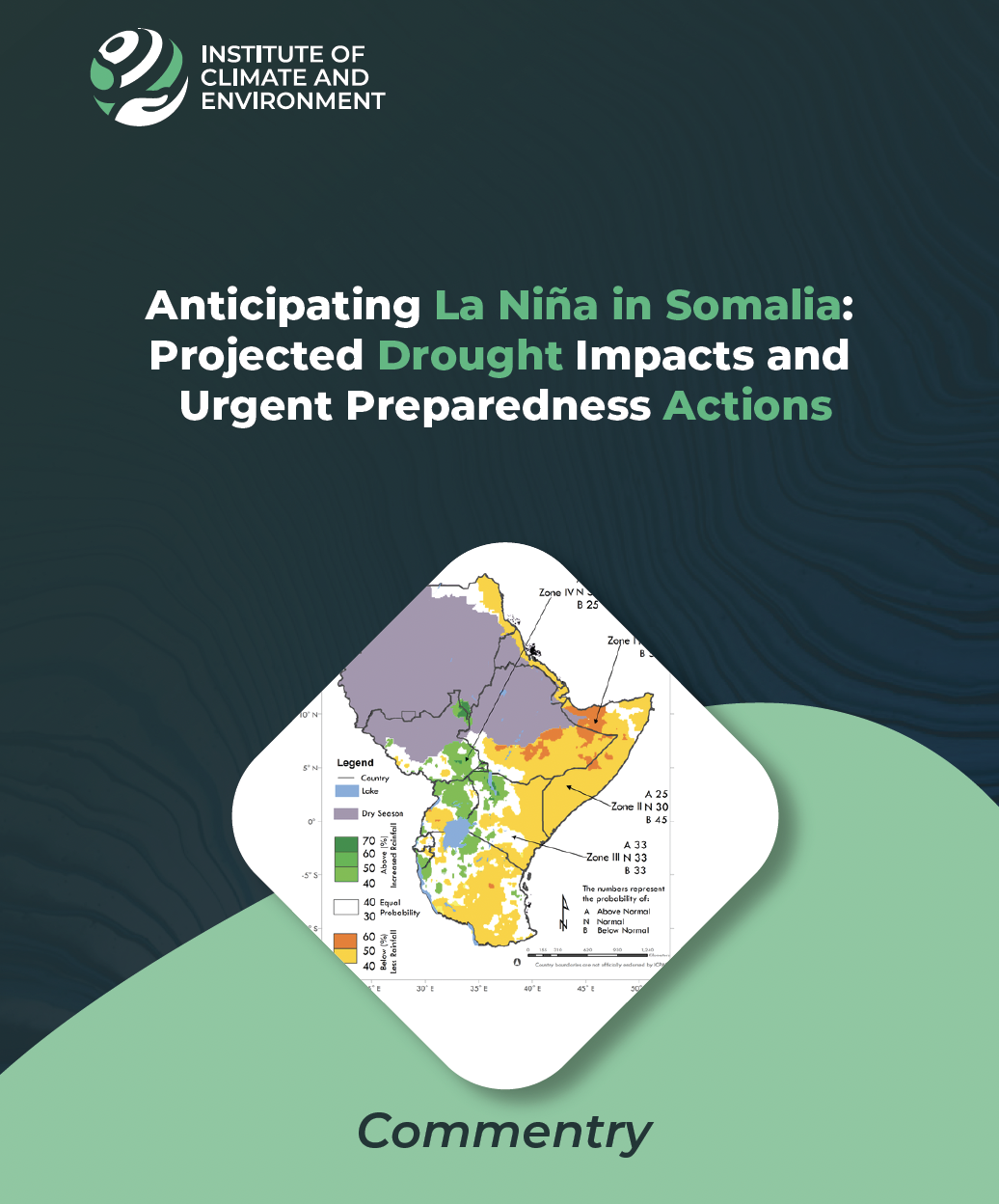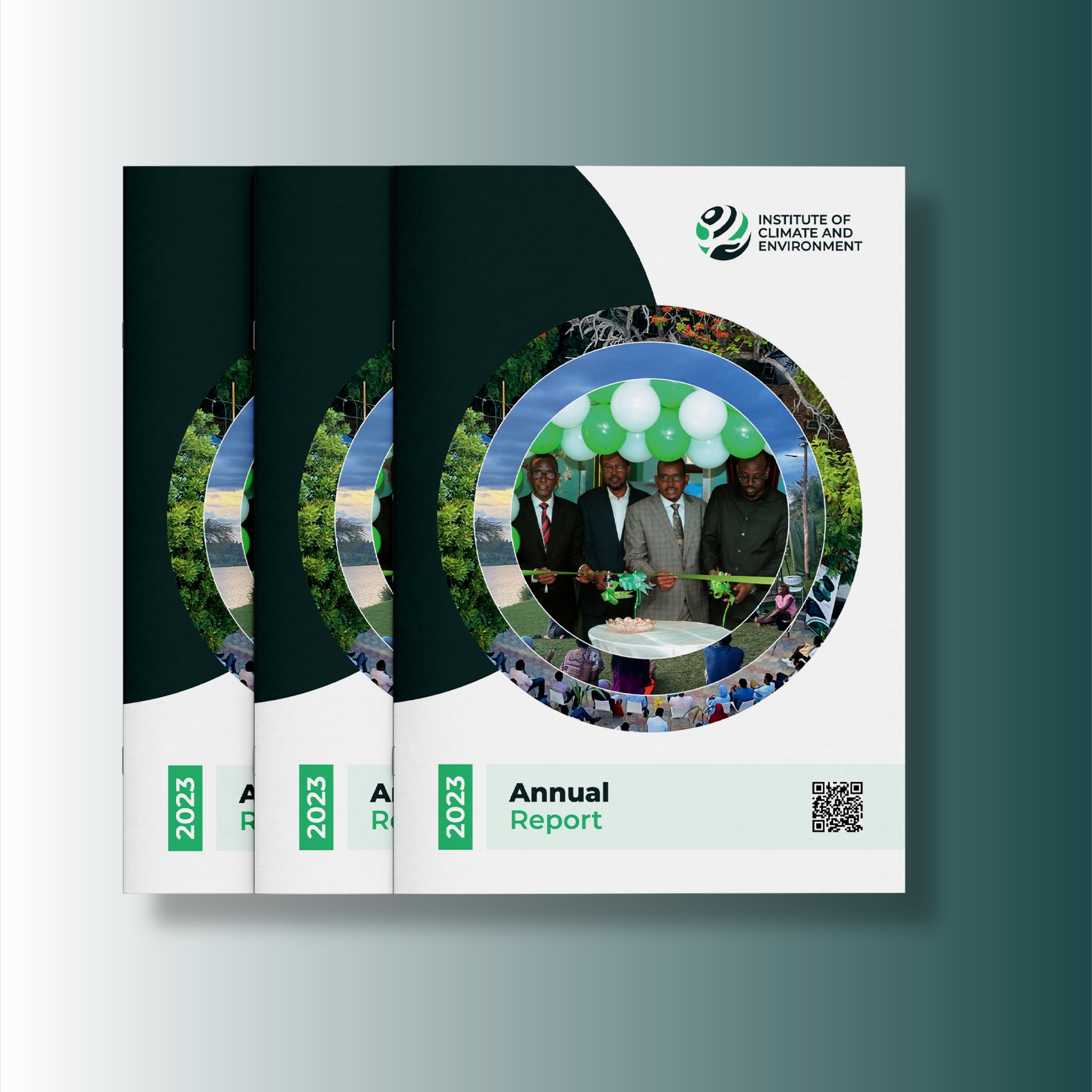
Position Paper: Somalia Needs a New Paradigm for Inclusive Climate Action
INTRODUCTION
Somalia is on the frontline of climate change, facing existential threats as its environmental systems crumble under the pressure of increasingly frequent and severe climate events. Somalia ranks high on the global climate index ND-GAIN. Even though its contribution to greenhouse gas emissions, is estimated less than 0.03% of the world’s total emissions, the country is facing severe climatic shocks. Though Somalia contributes less to global greenhouse gas emissions, the country suffers disproportionately from climate shocks such as droughts, floods, and land degradation. These events exacerbate the already dire situation in Somalia, where fragility, poverty, and food insecurity are widespread. Compounded by a lack of effective governance, Somalia’s ecosystems and human livelihoods are deteriorating rapidly.
Recent governmental efforts, including the establishment of the Ministry of Environment and Climate Change (MoECC) and the ratification of the National Environmental Protection Law, demonstrate progress. However, existing interventions remain fragmented, ineffective, and difficult to assess. This position paper calls for a concerted, multifaceted, and human rights-based approach to climate action in Somalia. It stresses the need for locally-led solutions that enhance resilience, foster sustainable development, and align with Somalia’s National priorities.
SOMALIA’S CLIMATE CRISIS
Somalia, located in the Horn of Africa, is a country with a predominantly agricultural economy, reliant on rain-fed agriculture and pastoralism. The country has been plagued by recurring climate crises, including severe droughts and flooding, which exacerbate vulnerabilities like food insecurity and displacement. Urbanization is also on the rise, putting additional strain on infrastructure and resources. Somalia’s agroecological zones vary from desert to highlands, and each zone is affected differently by climate shifts.
The impacts of climate change and fragility exacerbate existing challenges to food and water security and sustainable livelihoods in Somalia. Moreover, these factors create a cyclical problem: conflict increases the population’s vulnerability to climate impacts, while climate-related issues heighten tensions and disputes over natural resources. The severe impact of climate change has been particularly severe for women, children, individuals with disabilities, and marginalized groups. Approximately 80% of Somalia’s population displaced by drought consists of women and children. The country has experienced an increase in the severity and frequency of weather-related disasters, such as droughts and floods, along with higher temperatures and less predictable rainfall patterns. These environmental changes have devastated livelihoods, climate-induced displacements, and hindered socioeconomic progress.
The recent 2023 Deyr floods, influenced by El Niño, displaced over 1.2 million people, further deepening poverty and fragility. The need for adaptive climate policies tailored to local realities is more urgent than ever. Somalia needs an estimated $230.6 million to recover from the 2023 Deyr floods, which were worsened by El Niño. Annually, the country requires around $2 billion for climate adaptation, double its current GDP, with 70% of this funding yet to be domestically mobilized. This significant funding gap, coupled with Somalia’s vulnerability, limited adaptive capacity, and conflict-driven fragility, threatens its path to recovery. Without a paradigm shift, continuing “business as usual” will place Somalia’s climate resilience and recovery at severe risk.
KEY FINDINGS AND ANALYSIS
The review of Somalia’s current climate action strategies reveals several critical gaps:
• Fragmented Interventions: Climate action efforts in Somalia are impeded by insufficient coordination among various levels of government—federal, federal member states, and local authorities. Moreover, there exists no integrated mechanism to align the initiatives of local development organizations and international agencies engaged in climate-related activities. This fragmentation results in redundant efforts and a lack of cohesive implementation strategies.
• Inadequate Funding: A substantial obstacle to Somalia’s climate adaptation and mitigation efforts is the chronic underfunding of its national climate action plans, including the Nationally Determined Contributions (NDCs) and the National Adaptation Plan (NAP). These plans necessitate sustained funding; however, there is no national budget allocation for climate action. To meet its climate objectives and reduce vulnerabilities, Somalia would require a minimum of $2 billion annually, a target that significantly exceeds current funding levels.
• Absence of a Rights-Based Approach: Current climate interventions infrequently consider the human rights implications of climate change, particularly for displaced populations and marginalized communities. Incorporating a rights-based approach would ensure that the most vulnerable populations are not neglected and that climate action addresses both environmental and social justice challenges.
CONTRIBUTIONS TOWARDS SHAPING POLICY
We outline specific approaches and mechanisms that can assist in shaping and guiding policy for Somalia towards a new paradigm of climate action, grounded in local realities and human rights-based principles:
1. Whole-of-Government Coordination: Fostering coordination between federal and local governments to ensure alignment on climate action priorities, creating a unified national strategy for climate change adaptation and mitigation, disaster risk reduction, and recovery; and firmly committing to the agreements and action steps in the Sendai Framework.
2. Multi-Stakeholder Collaboration: Building a robust coordination framework for inter-sectoral and inter-disciplinary policy work, to be a platform for shaping and managing climate action processes, coordinating between all players, formulating the work methodology and building a database for carrying out the processes and making decisions (Emphasis on building a detailed work plan including goals, measures, indicators of success, division of responsibility, dedicated resources for each process and a detailed timetable).
3. Identifying/mapping interested parties made up of those who have an impact on and those impacted by climate change namely businesses and companies, government and local government, vulnerable groups, academics, and social organizations, to collectively tackle climate challenges and operationalizing platforms for professional consultation from civil society organizations, academics and people from the groups relevant to the discussion. Strengthening the existing National Platform for Disaster Risk Reduction (NPDRR) and identifying/creating more opportunities and channels for collaboration and direct and unmediated discourse between the general public and national and local government.
4. Representation in Policy Processes: Guaranteeing that persons with disabilities and marginalized communities are represented in national and local decision-making bodies related to climate policy by creating advisory councils that include organizations of persons with disabilities and representatives from marginalized communities. (Emphasis must be placed on the creation of equal representation that gives a significant voice to people from a variety of population groups and particularly, to members of discriminated groups, and ensuring the representation of future generations.)
5. Disaggregation of data: Ensuring inclusion through data analysis of impacts to all people, including Indigenous people, women and girls, racial/ethnic minorities, youth and older persons, those in remote rural areas, migrants, refugees, displaced persons, and persons with disabilities
6. Attracting Climate Financing: Seeking diverse funding sources including grants, donor funding, loans, and private sector investment to scale up adaptation and mitigation projects consistent with Somalia’s Nationally Determined Contributions (NDCs) and National Adaptation Plan (NAP).
7. Incorporating and recognizing traditional ecological knowledge systems to be part of all local and national approaches to combat climate change and to strengthen resilience.
8. Promoting Climate Education: Develop a nationwide campaign to raise public awareness and promote climate action at all levels, including schools and community forums. Using climate-related awareness programs, and capacity-building programs to build structural, environmental, psychosocial, and socio-economic resilience locally, nationally and regionally; and build capacity within communities to increase climate-related knowledge and modalities of action.
9. Human Rights-Based Approaches: Integrating human rights principles into all climate action programming, ensuring that marginalized and vulnerable groups are included in decision-making processes. (Emphasis on engaging the intersectional approach to better understand the needs and implications of the climate action policies on women, persons with disabilities, youth, children etc. and assist in evaluating the efficacy of climate action processes/activities).
10. Monitoring and evaluation by building institutional capacity for better decision making and implementation modalities.
Conclusion
WE believe the diversity among the Somali civil society organizations and academic institutions working on climate change uniquely positions them to become significant partners in leveraging and fulfilling Somalia’s climate action priorities and firmly committing to the agreements and action steps in the Sendai Framework. With the necessary support and funding, we are prepared to play our role in all climate change processes based on our capacities and capabilities to lift Somalia to the new, holistic climate action paradigm that is locally led, rights-based, and adaptive to the country’s desperate climate change challenges. Prioritizing greater coordination, with emphasis on creation of equal representation, giving a significant voice to people from all population groups and particularly, to members of discriminated groups, and ensuring the representation of future generations will fulfil the overarching principles of inclusivity, namely “nothing about us without us” for persons with disabilities and “leaving no one behind” for 2030 Agenda in Somalia.

